HOLISMOKES. V. Microlensing of type II supernovae and time-delay inference through spectroscopic phase retrieval
In this paper we investigate strongly gravitationally lensed type II supernovae for time-delay cosmography incorporating microlensing effects. We use model photometry and model spectra of five time bins within the early plateau phase of the prototypical SN19999em reproduced by the modified radiative transfer code TARDIS (Vogl et al. 2019). These are microlensed by placing the supernova (SN) into two magnification maps generated by the GERLUMPH code (Vernardos et al. 2015), representing the first and second lensing images. We study the impact of microlensing on the color curves and find that they are only weakly affected by microlensing due to the almost achromatic behavior of the intensity profiles during the investigated five time bins. Unfortunately, the color curves lack in non-linear structure making time-delay measurements difficult given the possible presence of differential dust extinction. Therefore, we investigate SN phase inference through the shift to longer wavelengths of the spectral absorption line minima over time under the influence of microlensing and Gaussian noise. This shift lets us conclude a corresponding epoch of the SN. The comparison between retrieved epochs of two observed lensing images then gives the time delay of the images. In this paper we investigate the temporal evolution of the three absorption features Hα, Hβ and FeII considering three different Gaussian noise realizations with signal-to-noise ratios (S/N) of 10, 20 and 30. The temporal evolution of the absorption minima of Hα with no noise and S/N = 10 is shown in the following image for the first and second lensing image.

To retrieve the phase of the first image we get a probability distribution through importance sampling (e.g. Lewis & Bridle 2002): (1) we interpolate between the mean and 1σ values of the five time bins and (2) create equidistant weighted samples assuming a Gaussian distribution considering the given mean and 1σ values. (3) we get a measured wavelength value with uncertainties from the second image and (4) get a corresponding time as probability distribution. We find that the phase retrieval method using spectral features yields accurate delays with uncertainties ≲2 days, making it a promising approach. Combining several absorption features into one phase retrieval can lower the uncertainties even below 1 day assuming uncorrelated microlensing of the two images.

